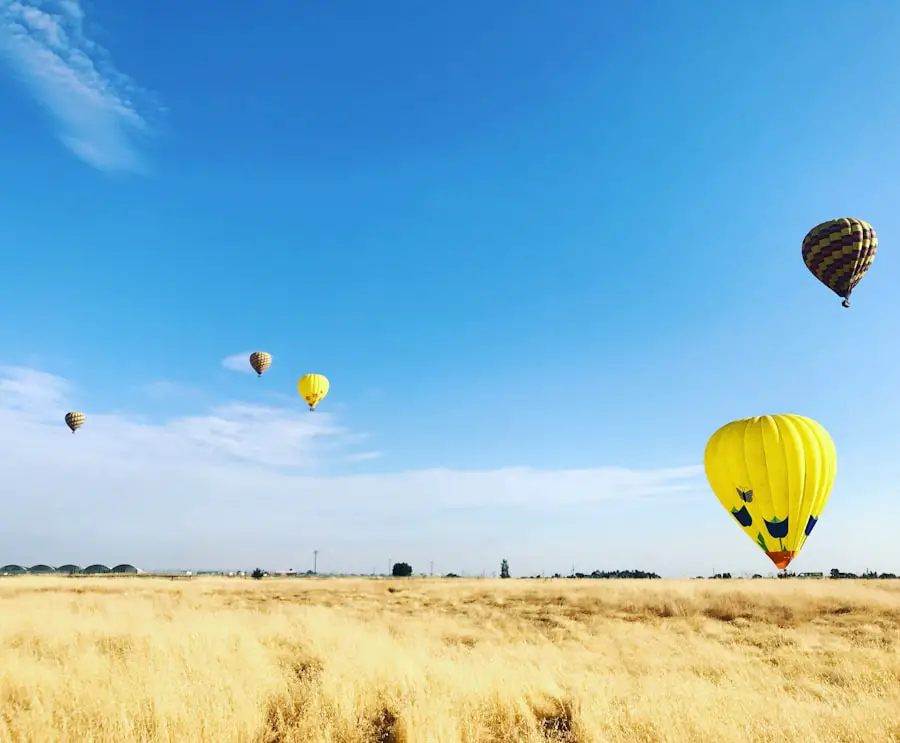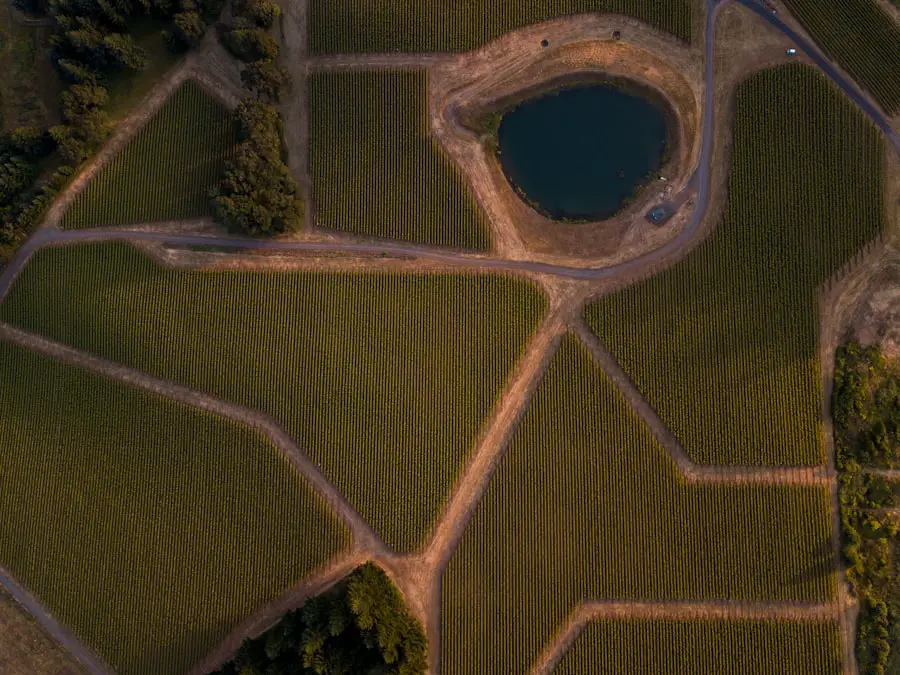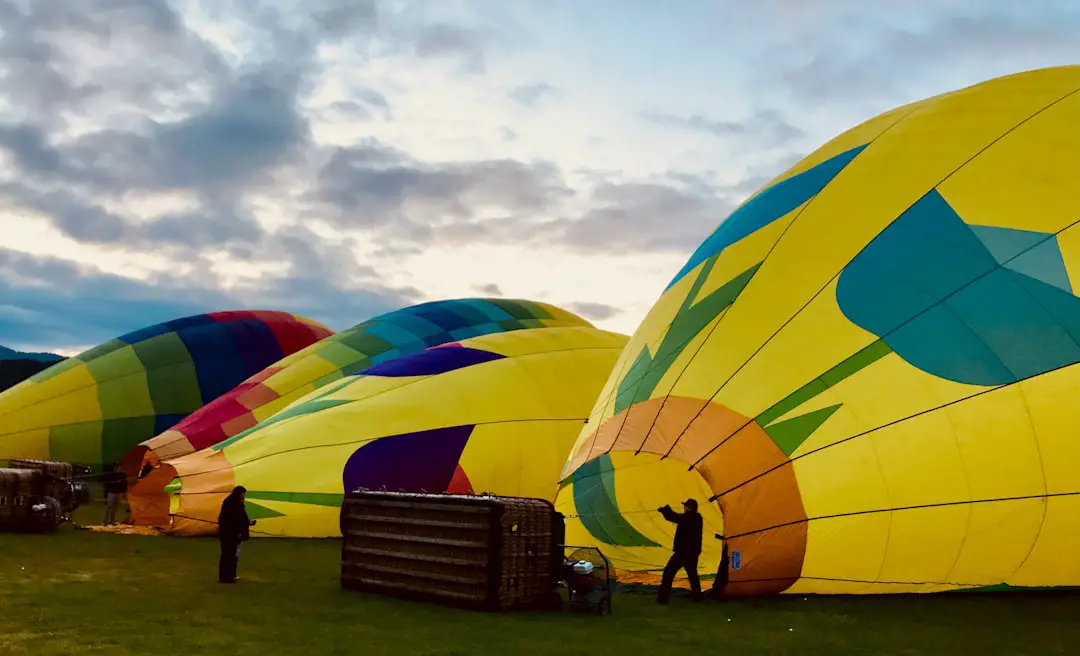Singapore is situated just one degree north of the equator, which means it experiences a tropical rainforest climate characterized by high humidity and consistent temperatures throughout the year. The average temperature typically hovers around 26 to 31 degrees Celsius (79 to 88 degrees Fahrenheit). Rainfall is a common occurrence, with the island receiving about 2,400 millimeters (94 inches) of rain annually.
The wettest months are usually from November to January, coinciding with the Northeast Monsoon season, when heavy downpours can occur, often in the afternoons or evenings. The humidity levels in Singapore can be quite oppressive, often exceeding 80%. This can make the heat feel more intense, especially for those unaccustomed to such conditions.
Despite the heat and humidity, Singapore’s weather is relatively stable, with minimal fluctuations in temperature. This consistency allows for year-round tourism, although visitors should be prepared for sudden rain showers and plan their activities accordingly. The climate also supports lush greenery and vibrant flora, making Singapore a visually stunning destination.
Key Takeaways
- Singapore has a tropical rainforest climate with high humidity and consistent temperatures throughout the year.
- The peak tourist season in Singapore is from November to January, during the dry season and major festivals like Christmas and New Year.
- The off-peak season in Singapore is from February to October, with fewer crowds and lower hotel rates.
- Major events and festivals in Singapore include Chinese New Year, the Singapore Grand Prix, and the Singapore Food Festival.
- The best time for outdoor activities in Singapore is during the dry season from February to October, when the weather is more favorable.
- Special promotions and deals are often available during the off-peak season, including discounted hotel rates and package deals.
- Travel tips for visiting during different seasons include packing light, staying hydrated, and planning indoor activities during the rainy season.
- Insider recommendations for experiencing local culture and traditions in Singapore include visiting hawker centers, exploring ethnic neighborhoods, and attending cultural performances.
Peak tourist season
The peak tourist season in Singapore generally aligns with the dry months from February to April and again from June to August. During this time, the weather is relatively more favorable for outdoor activities, with less rainfall and slightly lower humidity levels. The Chinese New Year, which usually falls between late January and mid-February, attracts a significant influx of tourists eager to experience the vibrant celebrations, including colorful parades, lion dances, and festive markets.
This period sees hotel prices soar and attractions bustling with visitors. In addition to the Chinese New Year festivities, the Great Singapore Sale typically occurs in June and July, drawing both locals and tourists to the city’s shopping districts. Malls and boutiques offer substantial discounts, making it an ideal time for shopping enthusiasts.
The combination of cultural events and favorable weather conditions makes these months particularly appealing for travelers seeking to immerse themselves in Singapore’s rich tapestry of experiences.
Off-peak season

Conversely, the off-peak season in Singapore occurs during the monsoon months from November to January and again during the school holiday periods in late May to early June. While this time may deter some tourists due to the increased likelihood of rain, it can also present unique opportunities for those willing to brave the elements. Hotel rates tend to drop significantly during these months, making it an attractive option for budget-conscious travelers.
Additionally, popular attractions are less crowded, allowing for a more relaxed experience. Visiting during the off-peak season also provides a chance to witness local life in a more authentic context. With fewer tourists around, visitors can engage more deeply with residents and experience everyday life in Singapore.
Local markets are less frenetic, and dining establishments often have shorter wait times. This quieter atmosphere can enhance the overall experience, allowing travelers to appreciate the nuances of Singaporean culture without the distractions of large crowds.
Major events and festivals
| Event | Location | Date |
|---|---|---|
| Oktoberfest | Munich, Germany | September – October |
| Carnival of Rio de Janeiro | Rio de Janeiro, Brazil | February |
| Mardi Gras | New Orleans, USA | February – March |
| Diwali | India | October – November |
Singapore is renowned for its vibrant calendar of events and festivals that reflect its multicultural society. One of the most significant celebrations is the Chinese New Year, which features elaborate decorations, street performances, and traditional food fairs. The festivities last for about 15 days, culminating in the Lantern Festival.
During this time, neighborhoods like Chinatown come alive with colorful lights and bustling markets filled with festive goods. Another major event is Hari Raya Puasa, celebrated by the Malay community at the end of Ramadan. This festival is marked by open houses where families invite friends and neighbors to share traditional dishes such as ketupat and rendang.
The Geylang Serai area transforms into a vibrant bazaar filled with food stalls and cultural performances during this period. Additionally, Deepavali, or the Festival of Lights celebrated by the Indian community, showcases stunning light displays and cultural performances in Little India. Each festival offers a unique glimpse into Singapore’s diverse cultural heritage.
Best time for outdoor activities
For those keen on outdoor activities, the best time to explore Singapore’s parks, gardens, and waterfronts is during the drier months from February to April. During this period, visitors can enjoy attractions like Gardens by the Bay or Sentosa Island without the interruption of heavy rain. The cooler evenings also provide a pleasant atmosphere for outdoor dining or leisurely strolls along Marina Bay.
Moreover, Singapore’s numerous parks offer a range of activities such as cycling, jogging, or simply enjoying a picnic amidst nature. East Coast Park is particularly popular for its scenic coastline and recreational facilities. Visitors can rent bicycles or rollerblades to explore the park’s extensive paths while enjoying views of the sea.
The drier weather also makes it an ideal time for water sports like kayaking or paddleboarding at locations such as Sentosa or Kallang Basin.
Special promotions and deals

Travelers visiting Singapore during off-peak seasons can take advantage of various special promotions and deals offered by hotels, restaurants, and attractions. Many hotels provide discounted rates or package deals that include meals or attraction tickets as part of their offerings. For instance, some hotels may offer staycation packages that include spa treatments or dining credits, making it an appealing option for both locals and tourists.
Attractions often run promotions during quieter months to encourage visits. For example, museums may offer free admission days or discounted entry fees for families. Dining establishments frequently have set menus or special promotions that allow visitors to sample local cuisine at reduced prices.
These deals not only make travel more affordable but also provide opportunities to experience Singapore’s culinary scene without breaking the bank.
Travel tips for visiting during different seasons
When planning a trip to Singapore, it’s essential to consider how seasonal variations can impact your experience. During peak tourist seasons, it’s advisable to book accommodations and attractions well in advance to secure better rates and availability. Additionally, travelers should be prepared for larger crowds at popular sites; thus, visiting during off-peak hours can enhance enjoyment.
For those visiting during the monsoon season, packing lightweight rain gear such as ponchos or foldable umbrellas is crucial. While rain showers may be brief, they can be intense; being prepared ensures that your plans remain uninterrupted. It’s also wise to schedule indoor activities during peak rainfall hours while reserving outdoor excursions for drier periods of the day.
Staying hydrated is essential year-round due to Singapore’s humidity; carrying a reusable water bottle can help maintain energy levels while exploring.
Insider recommendations for experiencing local culture and traditions
To truly immerse oneself in Singaporean culture, engaging with local traditions is key. One recommendation is to visit hawker centers like Lau Pa Sat or Maxwell Food Centre where you can sample a variety of local dishes such as Hainanese chicken rice or laksa at affordable prices. These centers are not just about food; they are social hubs where locals gather to eat and converse.
Participating in cultural workshops can also provide deeper insights into Singapore’s heritage. Many organizations offer classes on traditional crafts such as batik painting or Peranakan beadwork. These hands-on experiences allow visitors to connect with local artisans while learning about their crafts’ historical significance.
Additionally, exploring neighborhoods like Kampong Glam or Chinatown on foot provides opportunities to discover hidden gems such as quaint shops selling traditional textiles or spices. Engaging with local festivals is another excellent way to experience Singaporean culture firsthand. Attending events like Thaipusam or Chingay Parade allows visitors to witness vibrant processions and cultural performances that showcase the island’s diversity.
These events often include opportunities for interaction with participants who are eager to share their traditions and stories with curious travelers. By embracing these insider recommendations and understanding seasonal dynamics, visitors can create a rich tapestry of experiences that highlight both Singapore’s modernity and its deep-rooted traditions.
When planning your trip to Singapore, it’s important to consider the best time to visit this vibrant city-state. According to a recent article on TakeTravelInfo, the ideal time to travel to Singapore is during the dry season from February to April when the weather is pleasant and there are fewer crowds. This is a great resource to help you pack the right gear for your trip and ensure you have a comfortable and enjoyable experience exploring all that Singapore has to offer.
FAQs
What is the best time to travel to Singapore?
The best time to travel to Singapore is during the dry season, which typically runs from February to August. This period offers the most favorable weather conditions with less rainfall and lower humidity.
What is the weather like in Singapore during the best time to travel?
During the dry season, Singapore experiences warm and sunny weather with temperatures ranging from 25°C to 31°C. There is also less rainfall and lower humidity, making it an ideal time for outdoor activities and sightseeing.
Are there any specific events or festivals to consider when planning a trip to Singapore?
Travelers may want to consider visiting Singapore during the Chinese New Year celebrations, which usually take place in January or February. The city comes alive with colorful parades, performances, and traditional festivities during this time.
What are the peak tourist seasons in Singapore?
The peak tourist seasons in Singapore are during the months of December and June, when many travelers visit the city for the year-end holidays and school vacations. It is advisable to book accommodations and attractions in advance during these periods.
Are there any considerations for budget travelers when planning a trip to Singapore?
Budget travelers may want to avoid the peak tourist seasons and consider visiting Singapore during the shoulder seasons, which are the months of September to November and March to April. During these periods, there may be more affordable accommodations and flight options available.
